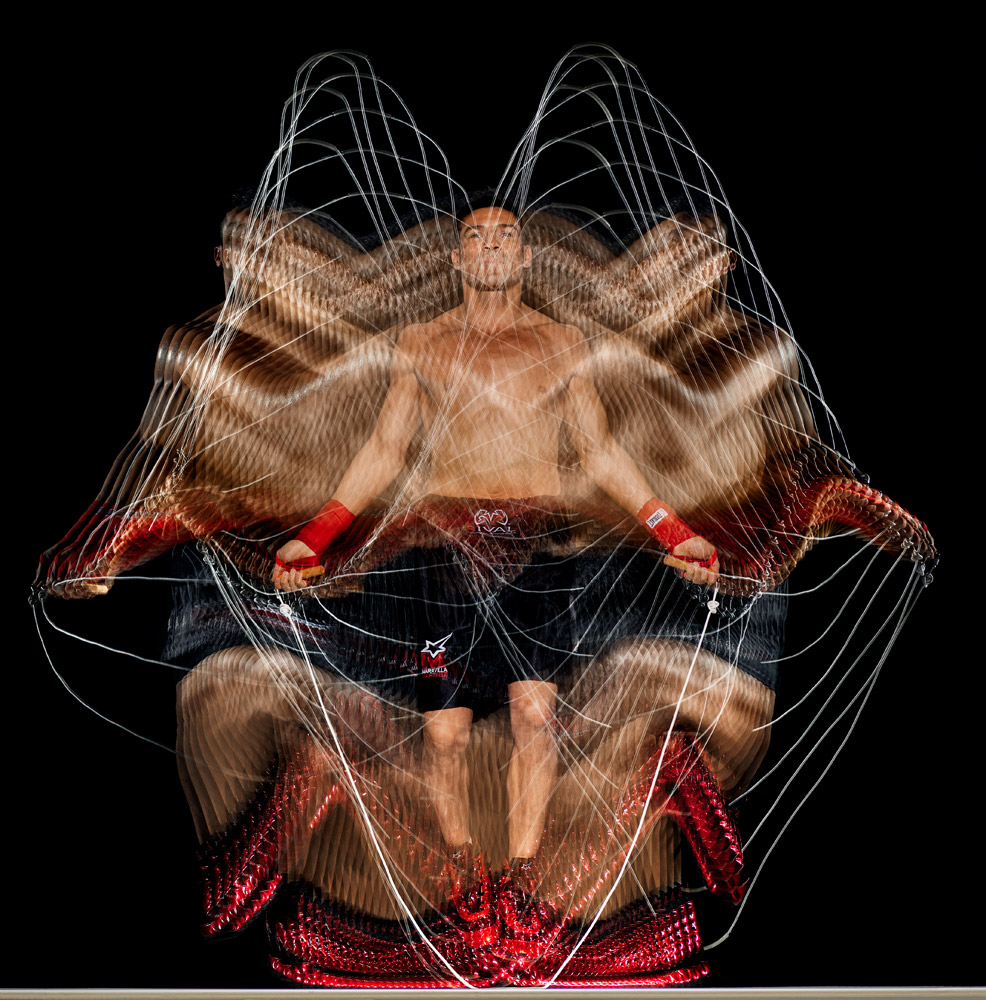
In his six-year journey to comprehensively capture the world of professional boxing, Howard Schatz learned that the sport is one of courage, but also of constraints. Boxers risk getting injured, knocked out or killed when they step into the ring, all while navigating limited space, compared to the size of a basketball court or football field. Plus, they’re somewhat limited in their motions, too. “Some sports require several movements, like basketball—players jump, run, turn, pass, shoot—but boxers are essentially just ducking and throwing punches,” Schatz says. “I was interested in the tremendous challenge of making a photograph of boxers because of this limited range of human motion.”
That interest inspired his newly-released tome, At the Fights: Inside the World of Professional Boxing, in which Schatz chronicles the industry and its most prominent players—from boxing champions and club fighters to managers and promoters—over 256 large photographs.
The majority of the photographs were taken in a single frame, even if their special-effects aesthetic suggests otherwise. “I had to find a way to make a photograph that had the energy and power that boxing has,” Schatz says. “I always say that what boxers do has movement and depth, while the resulting image is still and flat.”
To make images that exuded the dynamism inherent in boxing itself, Schatz experimented with flash, lighting, shutter speed—and even threw water, salt and powder on the athletes—to create the stroboscopic effect.
For a portrait of Argentine boxer Sergio Martinez (slide #1), Schatz timed how long it took him to complete two jumps of the rope—.6 seconds—and then set off a strobe light to go off every .01 seconds, creating 60 flashes, while he photographed him. A special light that went off at the half-way mark added extra drama.
In another shoot with Amir Khan, the photographer set up his camera 40-ft. away from the boxer and had an assistant throw salt on him. Schatz then asked Khan to swing at the salt—hard enough to hit his camera—creating a spray effect that resulted in a highly energetic shot.
Schatz began exploring with these different methods after a Sports Illustrated shoot of baseball player Albert Pujols a few years ago. Photo editor Steve Fine had asked him to do a stroboscopic study on the great hitter, and Schatz was disappointed by the fact that he needed to create two frames—one for the bat, and one for the player—for one picture. Ever since, he’s relished at the idea of playing scientist in the studio. “I photograph to surprise, delight and amaze myself, so this constant, unending learning process has been enjoyable,” Schatz says of photographic journey of making the book. “It’s been a phenomenally rich education—a thrilling experience.”
Howard Schatz is a New York-based photographer. See more of his work here.
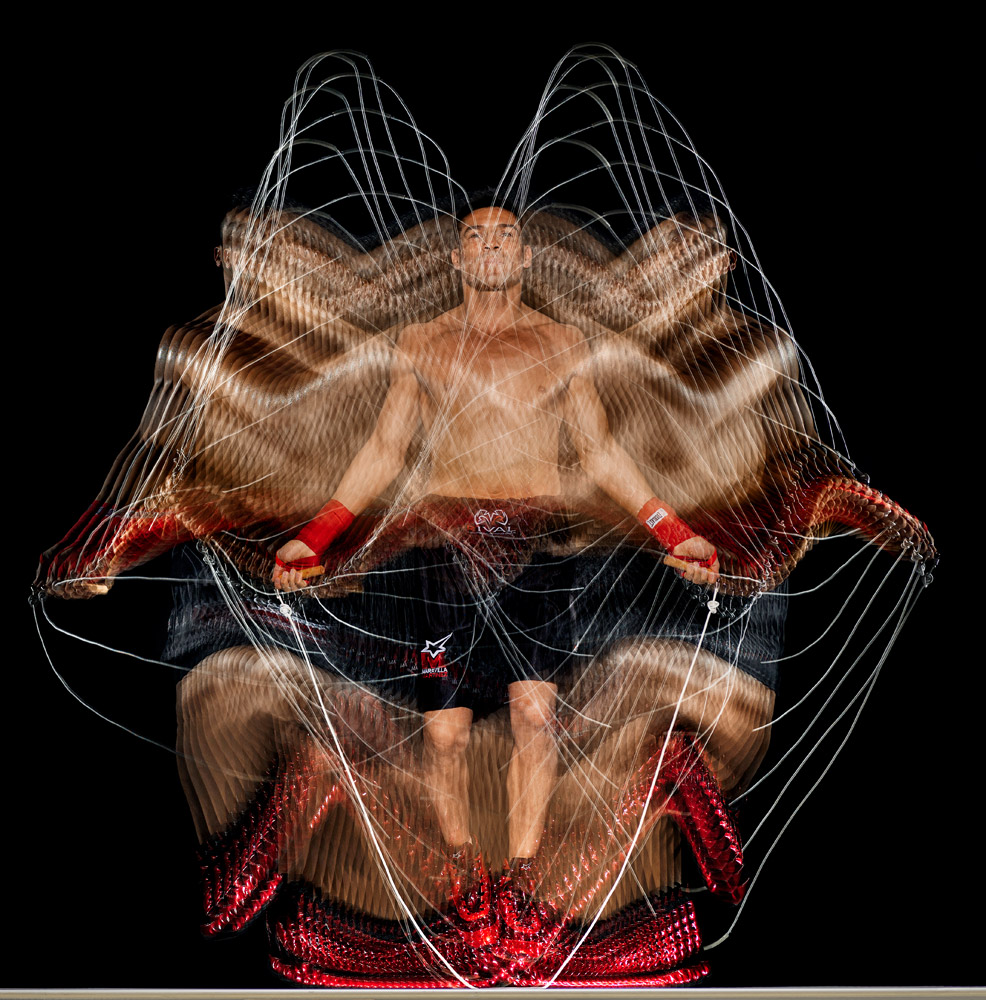
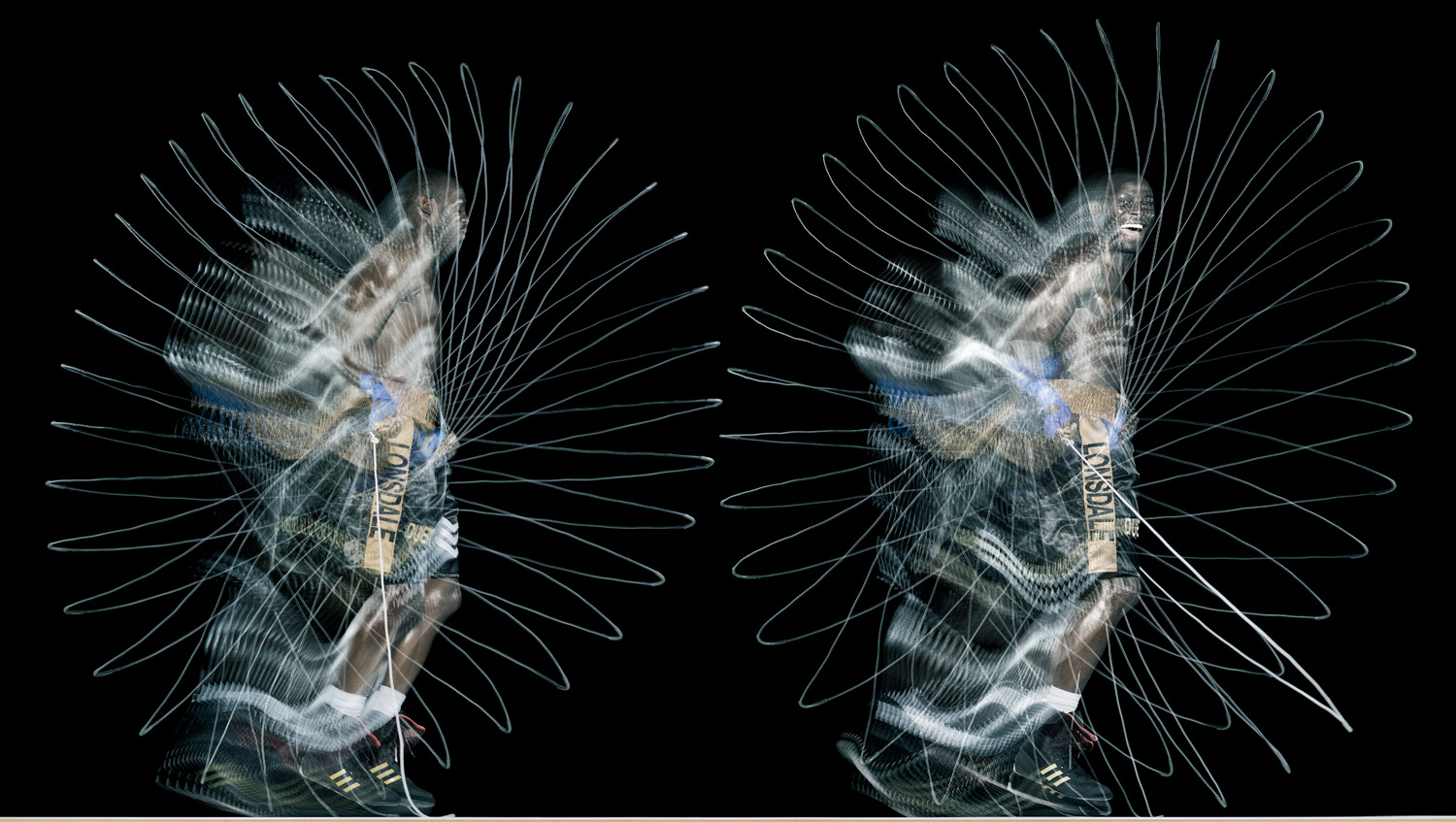

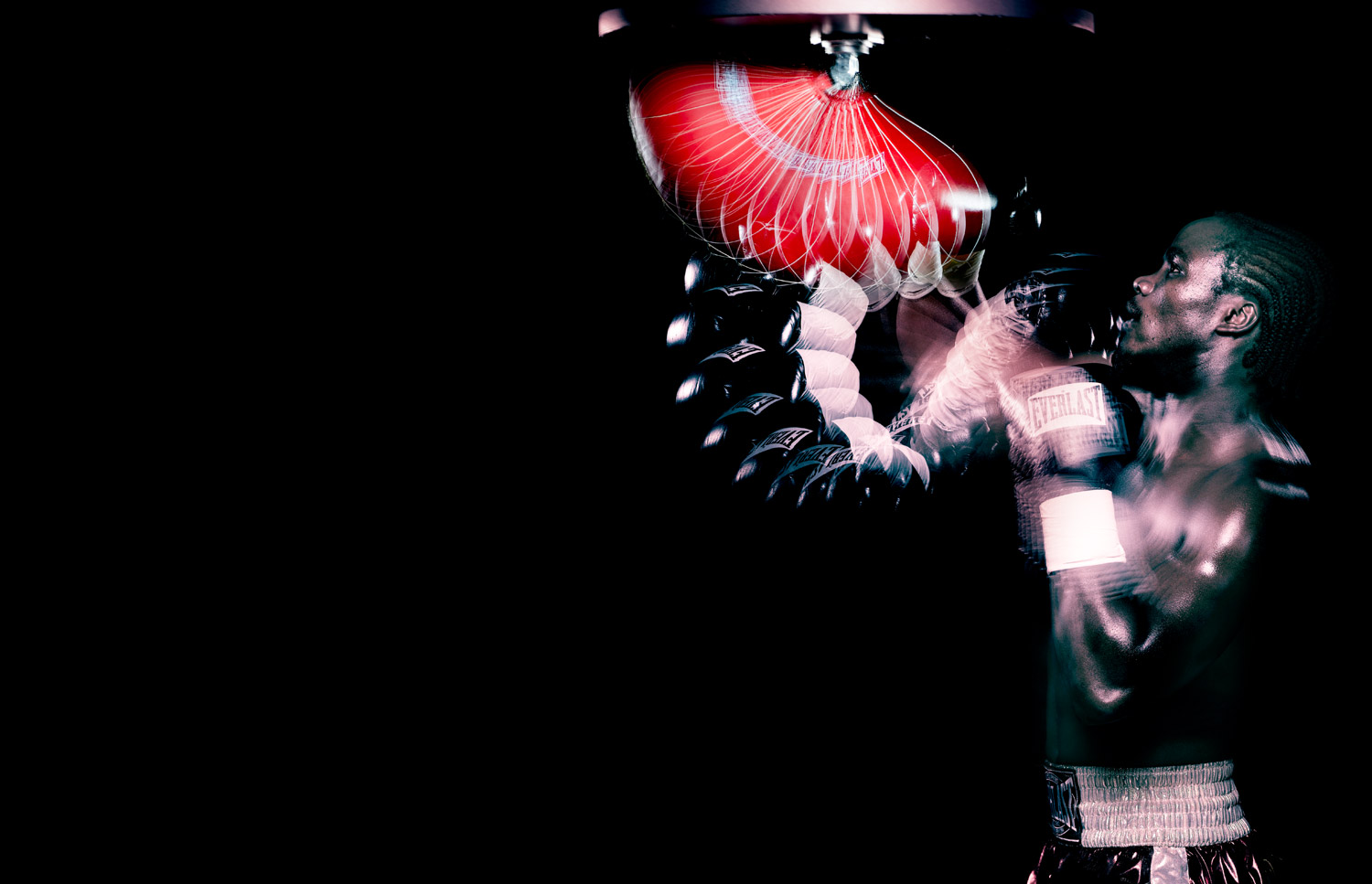


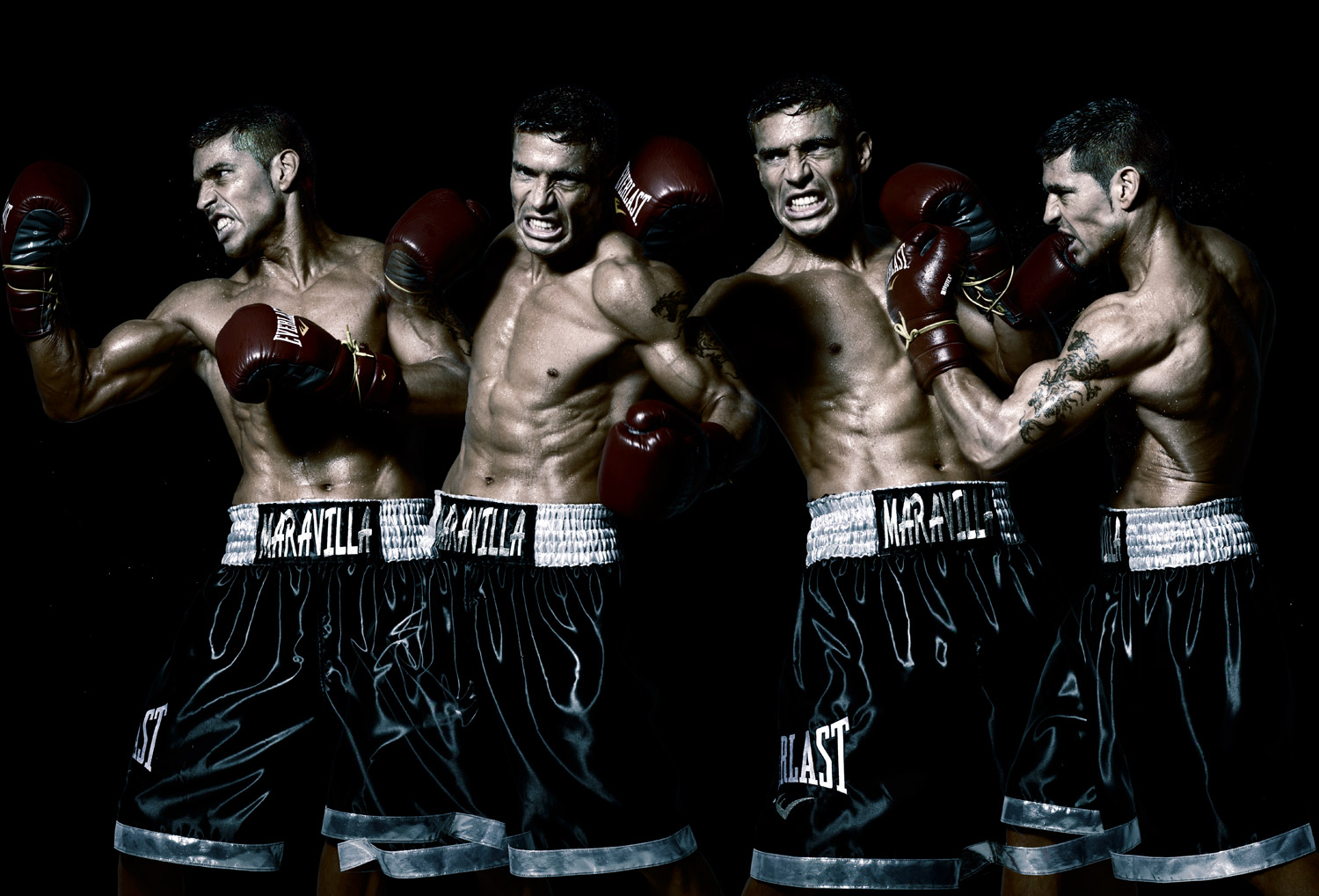
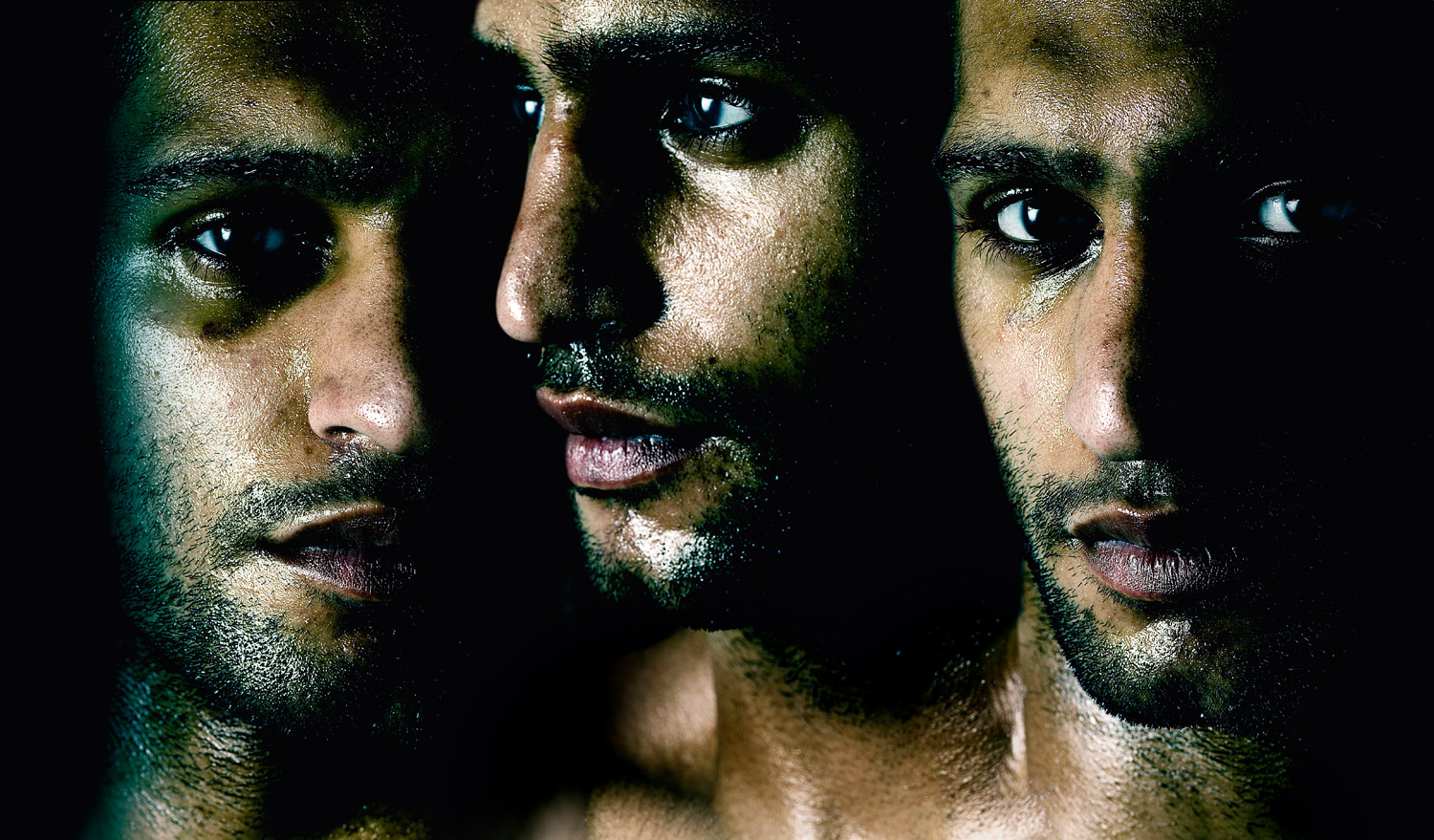

More Must-Reads from TIME
- Cybersecurity Experts Are Sounding the Alarm on DOGE
- Meet the 2025 Women of the Year
- The Harsh Truth About Disability Inclusion
- Why Do More Young Adults Have Cancer?
- Colman Domingo Leads With Radical Love
- How to Get Better at Doing Things Alone
- Michelle Zauner Stares Down the Darkness
Contact us at letters@time.com